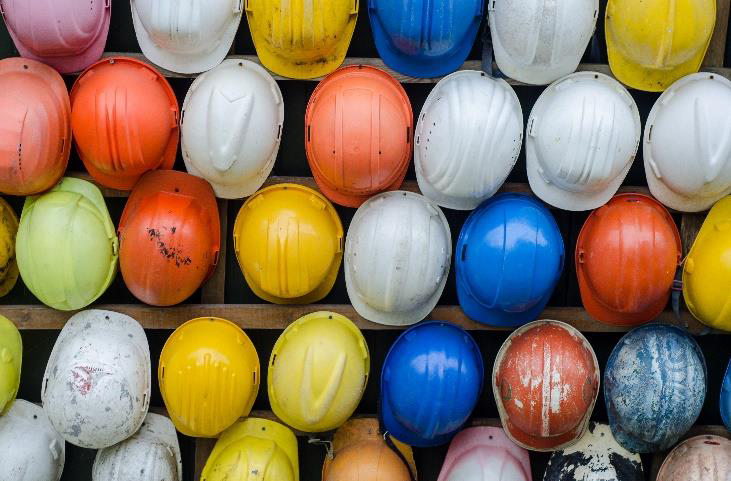Imagine you are in a lab. You have an unmarked bottle of chemicals you know are harmless, so you set the bottle down on a table, intending to get back to it later. Before you do, a co-worker stumbles onto the unmarked bottle. How will they know what to do? You know the bottle isn’t dangerous, but your co-worker doesn’t.
Safety is about more than 20-minute lectures or excerpts from manuals. It’s about accountability to your team and ownership for your actions. By building safety into team DNA, safety programs will be executed beyond lip service and will encourage high-performance work teams (and vice versa).
Knowledge and Awareness
As the adage goes, the first step to fixing any problem is to be aware of it – but for safety, this needs to go beyond theory into practical application. In theory, we know we should keep fire ways clear, bottles labeled, and safety glasses on, but in practice, we tend to think “it won’t happen to me!”
Since we all know what we’re supposed to do, a breakdown in safety practices happens because of a breakdown in awareness or accountability.
Visual Control
One way to help increase accountability is to implement visual controls- to teach employees to use data, be visual, and work together to understand and mitigate risks. For example:
Site map plotting can help employees see the type of safety issues occurring and where they are occurring. Clusters of safety issues indicate where something needs to be addressed.
A color-coded accident map, for example, would demonstrate visually where accidents occur. Too many red pins in the corner meaning too many accidents there? Time to put a mirror in so we can see who’s coming the other way.
A visual control board can help employees take more accountability. If the board is updated every day with the trend, employees will be able to see what’s happening and can come up with ideas to fix the problems.
Employees will also be able to see what’s happening in other areas, and high-performance work teams will be able to pre-emptively make changes to help prevent those same accidents from happening in their locations.
Make safety a priority by incorporating it into your daily meetings. As employees become more aware of and engaged with safety, it will become an instinct.
5S Standards
The 5S Standards- Sort, Set in Order, Shine, Standardize, and Sustain- can help ensure that everyone respects safety protocols. Remember, these protocols only work if everyone knows them and follows them. By completing 5S Standards and signage, documenting walkways and exits, and establishing site standards and expectations for reporting and prioritizing safety issues, you can create a team dynamic which helps keep everyone accountable. Furthermore, by prioritizing safety and empowering your employees to take responsibility for themselves and for each other, you can eliminate the unknown and reduce the risk of accidents happening to you.
Read Next: 5S and Safety in the Workplace
Active Engagement
Employees who are actively engaged are more likely to point out issues and offer suggestions for corrections. They are also more likely to self-correct and pass the knowledge along. Safety is everyone’s responsibility, not only to prevent injury or loss of life, but also to keep the company running smoothly.
Kaizen- Good Change
The Japanese word kaizen (“good change”) gets at the idea of improvement. Improvement, in all things, is a continual process. It snowballs as you make small improvement after small improvement. By fully engaging employees and requiring them to hold themselves and others accountable for the safety of the workplace, you will all see the benefits of kaizen as employees become more aware, engaged, and accountable- and high- performance work teams yield high-performance results.
Building a Safety Culture and Climate in Your Organization
Again, safety protocols only work if everyone knows about them and implements them. It doesn’t do any good to have a fire exit if the fire exit is blocked. By taking small steps to integrate safety into your high- performance work team’s DNA, such as through visual controls, daily meetings, and practical application, you can instill an ongoing culture which sees employees prioritizing their safety and others’ safety through instinctive accountability.
Help your company reach its safety goals by promoting employee engagement and accountability!
The Dorsey Group can help unleash your team’s potential and power peak performance. For more information, contact us at www.TheDorseyGroup.org or (954) 629-5774.

